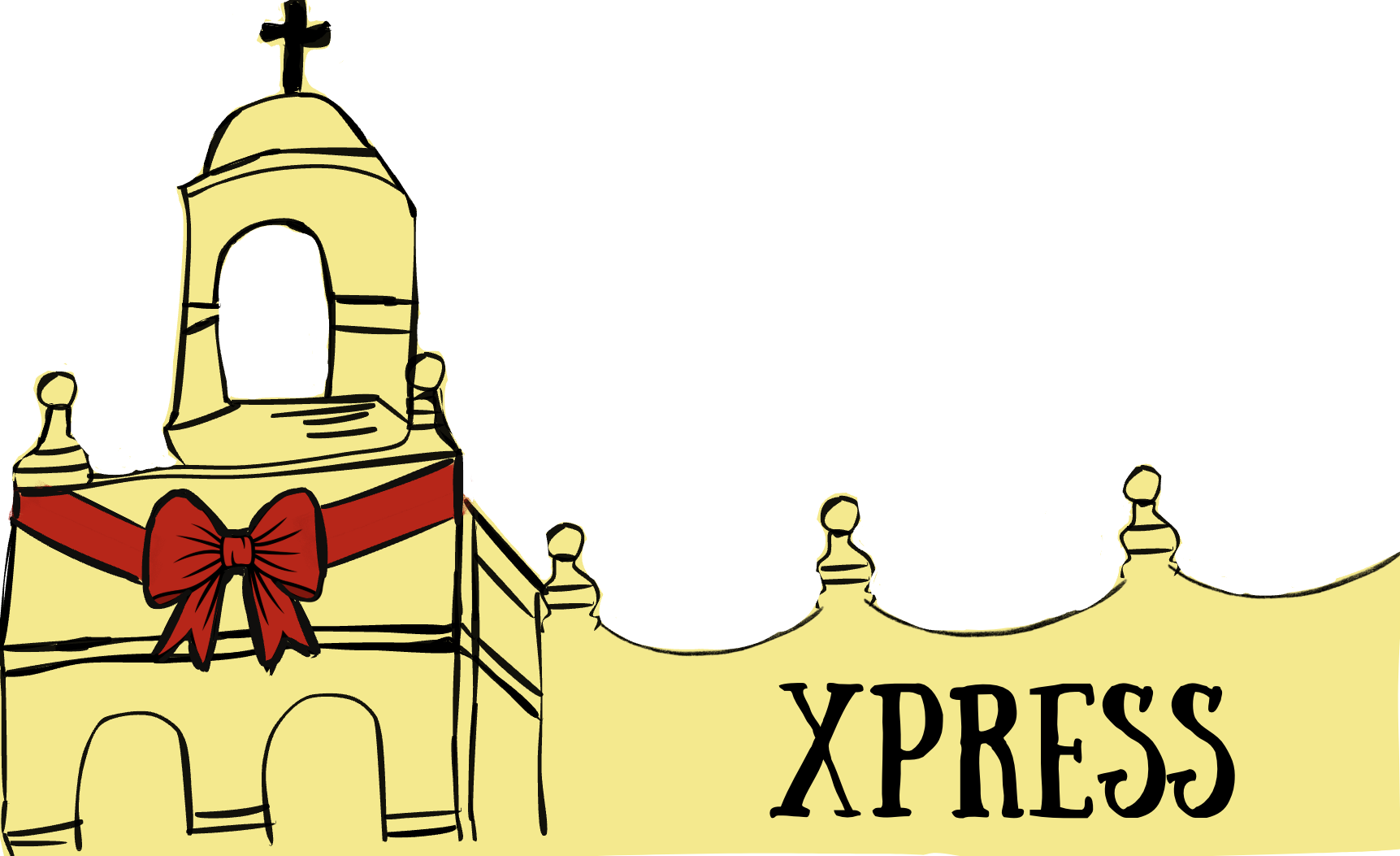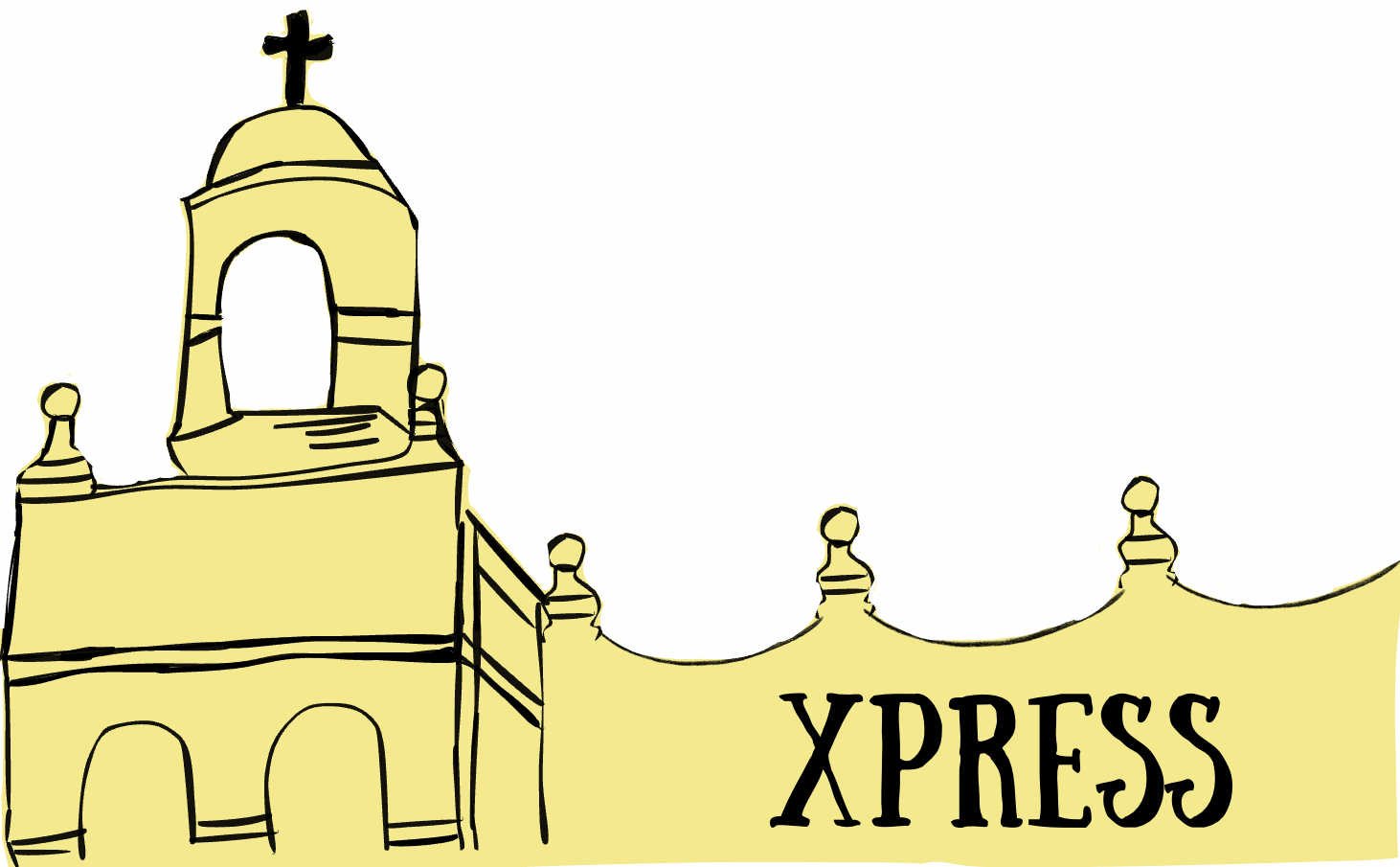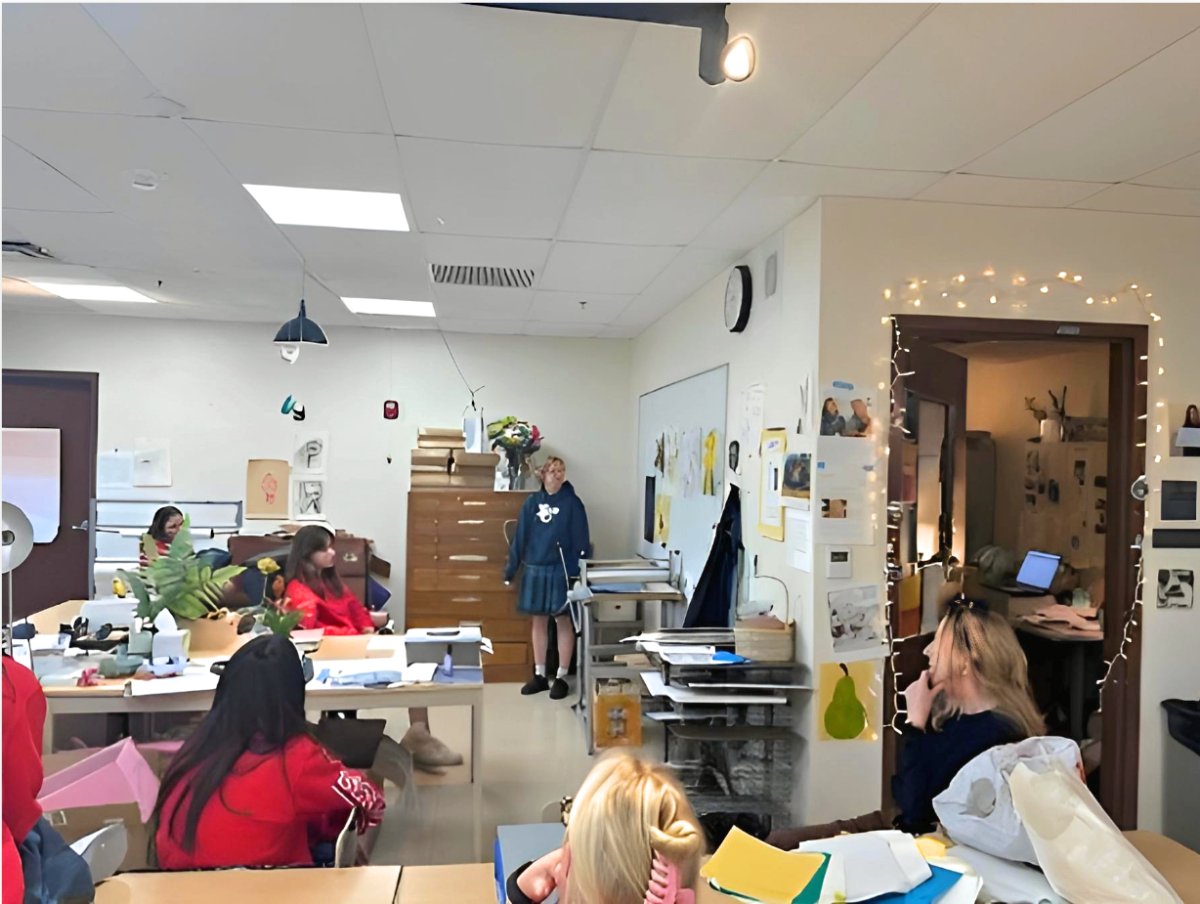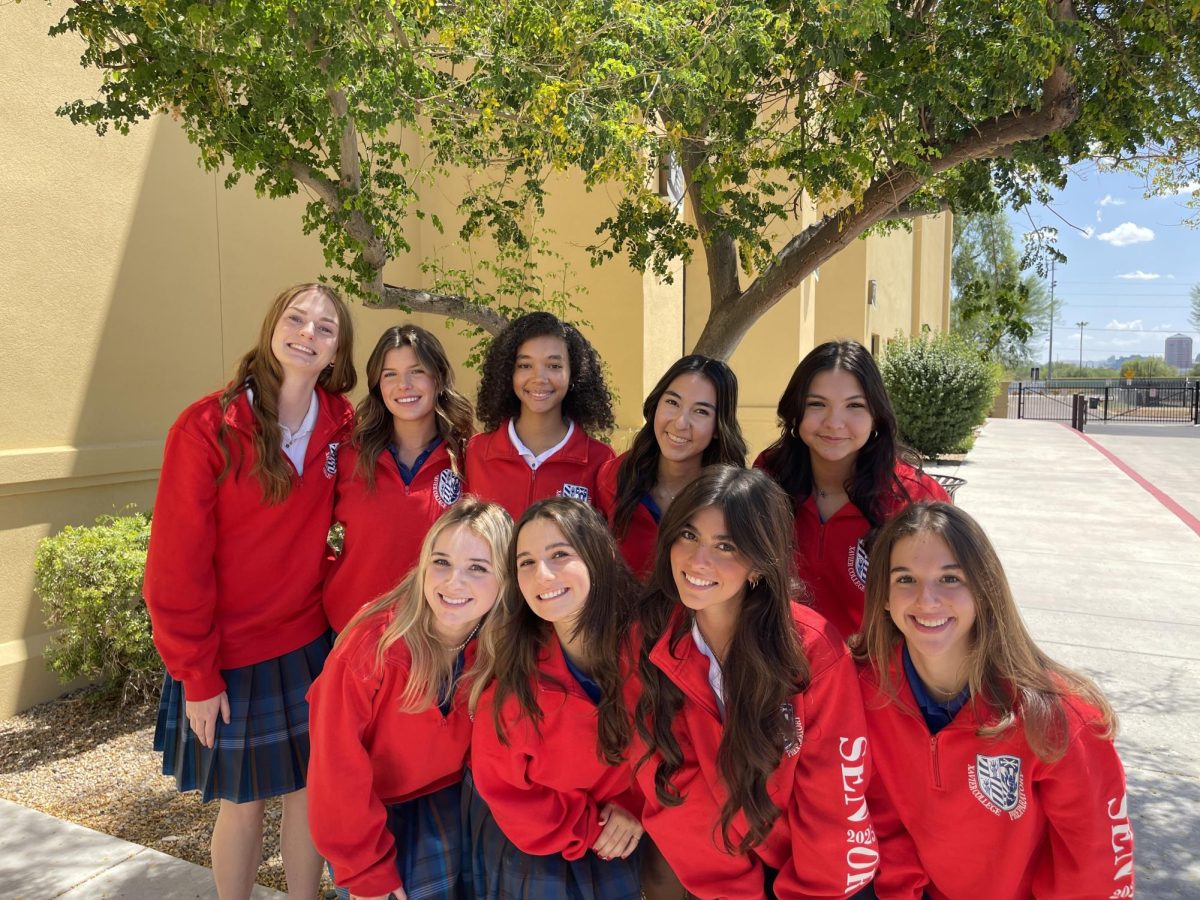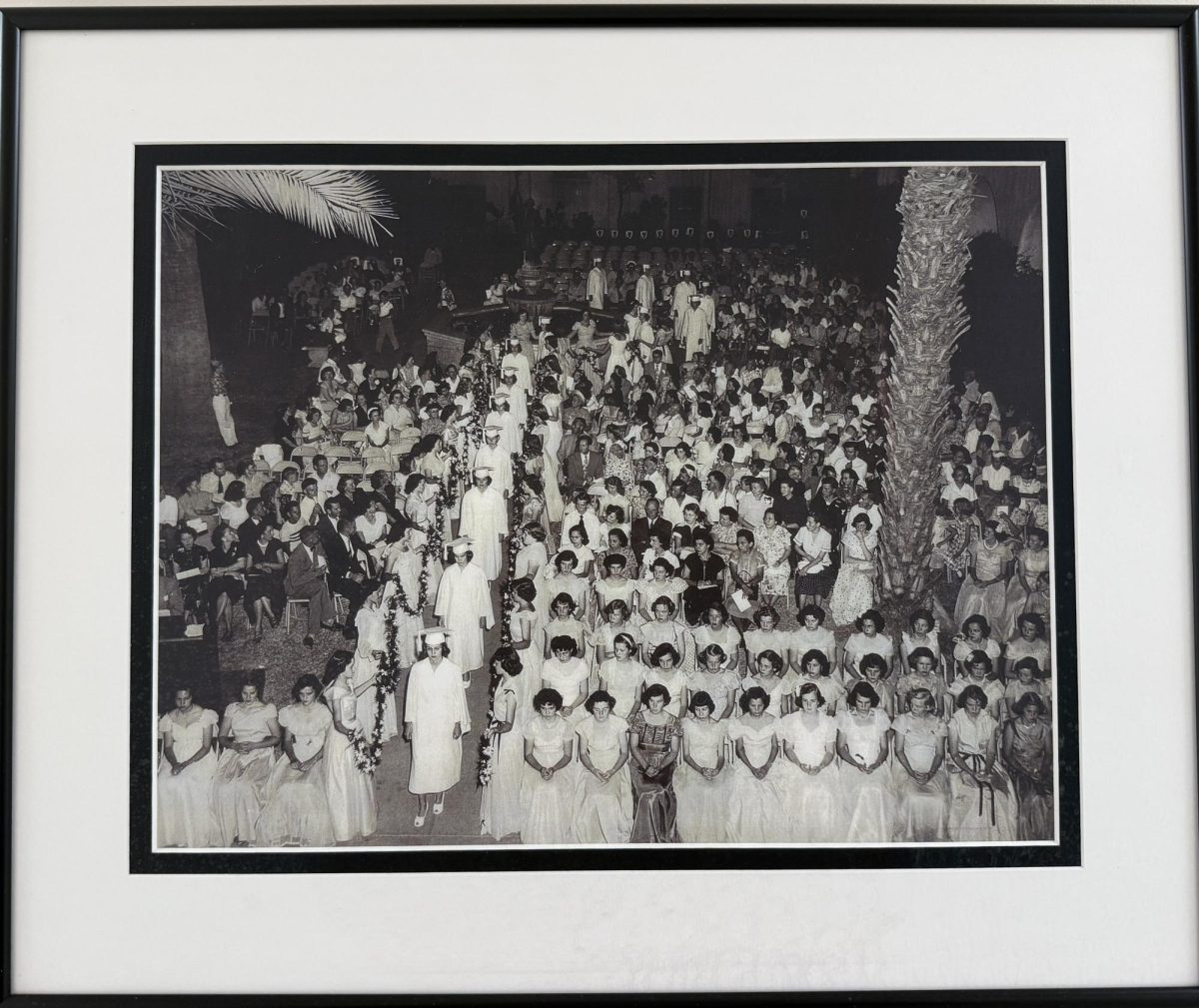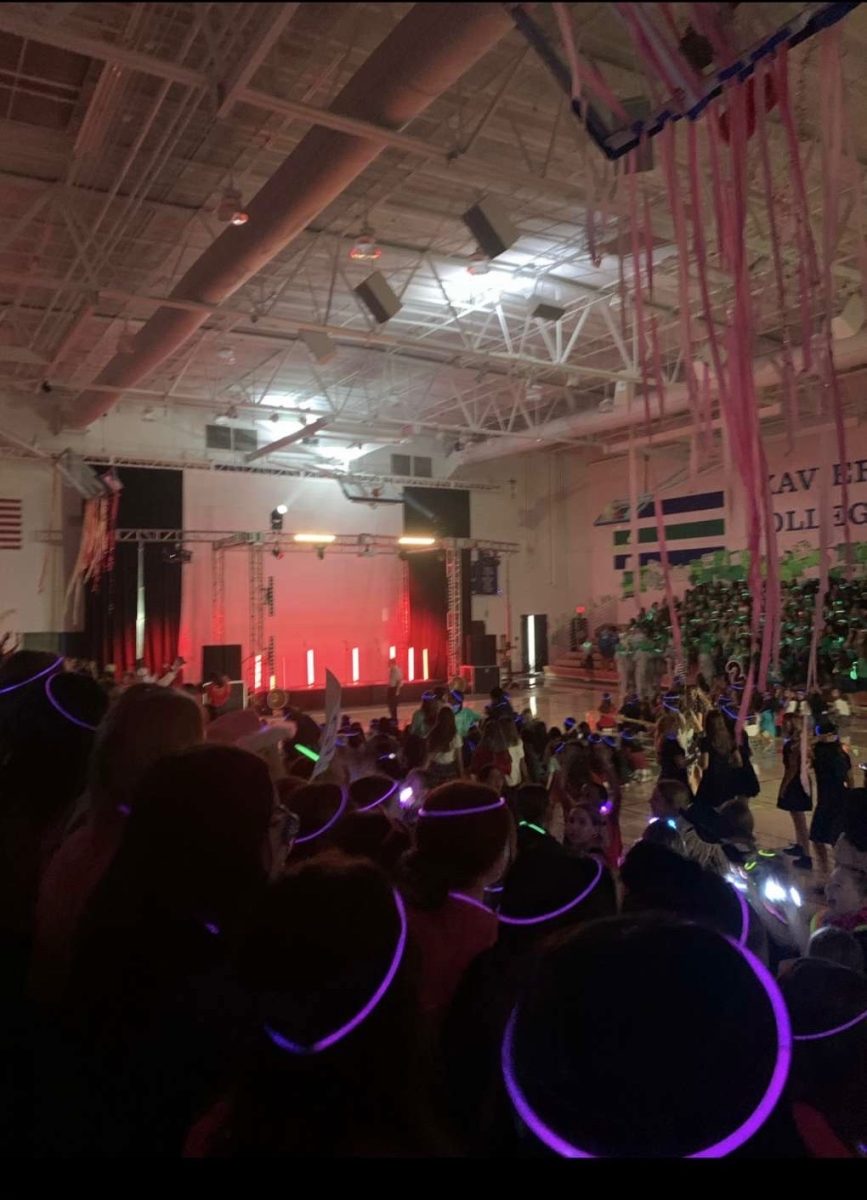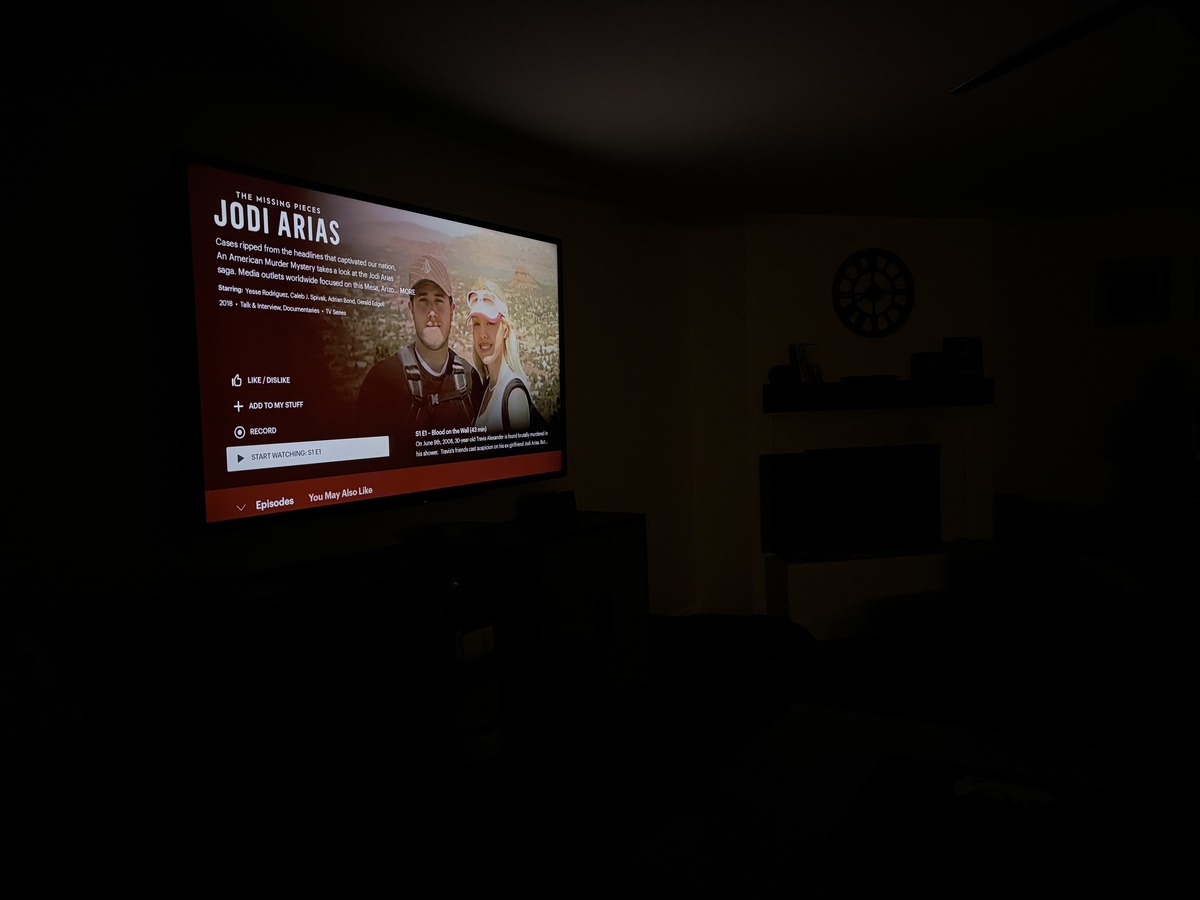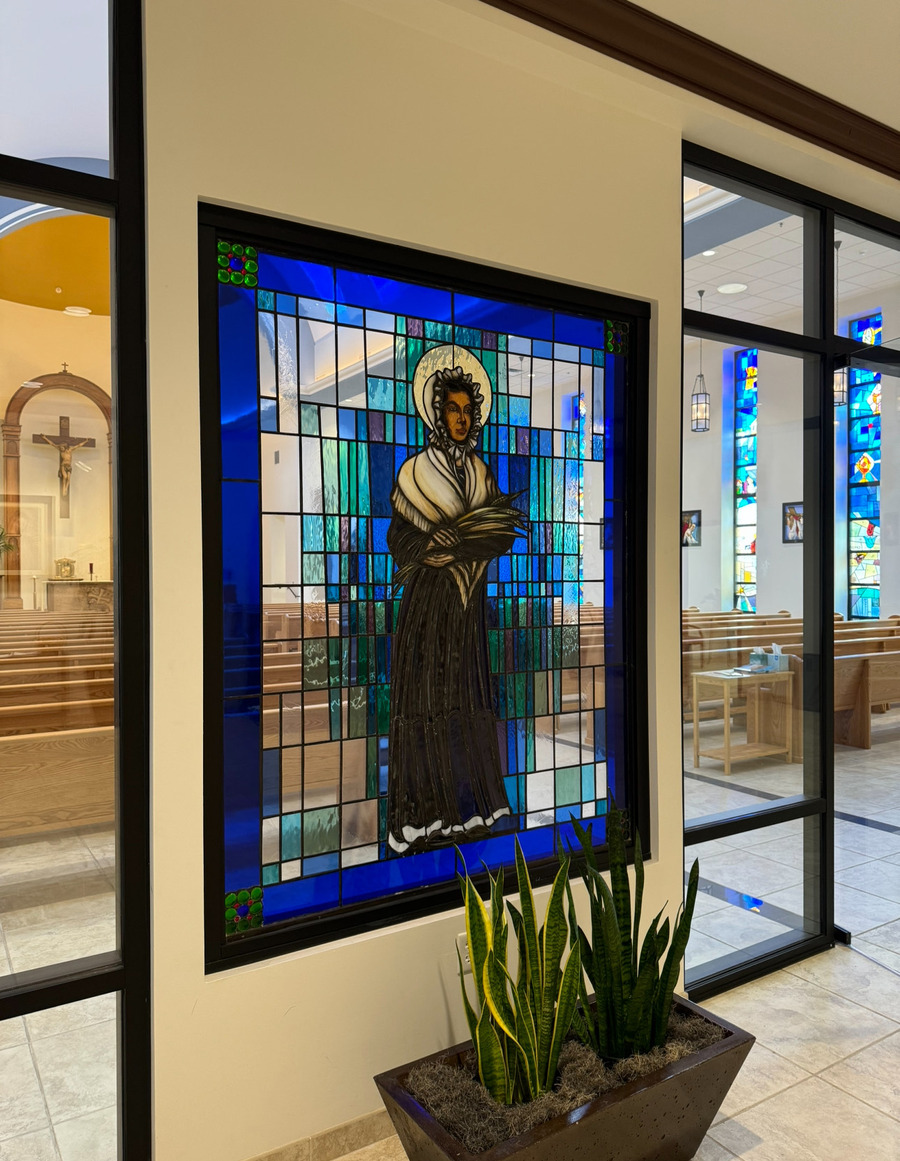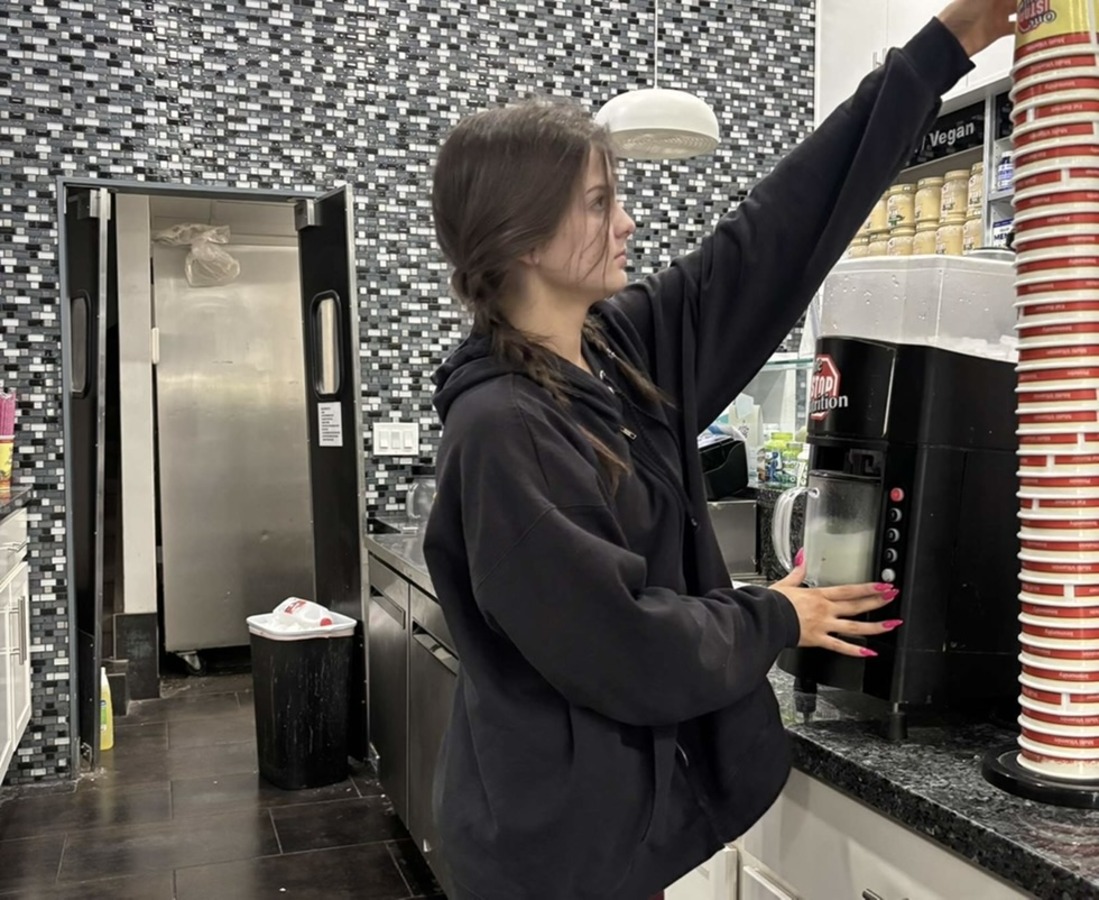When it comes to teaching, there are two different types of students: those who are able to grasp concepts quickly and those who need extra time to process information. Not only do students need time to understand certain concepts, but they also could benefit from experiencing new ways to absorb information.
However, the main question that is asked by many students and teachers is, “What is the best way to learn and or teach this subject?”
First, it depends on what subject it is. Everyone processes information in different ways and different subjects require different teaching and learning styles.
The five main teaching styles are Lecture, Demonstration, Discussion, Delegation, and Blended.
According to “Spectrum of Teaching Styles in Physical Education,” a book by Muska Mosston, he offers an in-depth exploration of teaching styles. Lecture is when a teacher tells students what to do and delivers information. Demonstration is when a teacher shows how to do something and provides examples and guidance. Discussion is when a teacher asks questions and listens to students, encouraging them to express their own ideas and opinions. Delegation is when the teacher gives students more liberty and responsibility for their own learning, acting as a mentor. Blended is when a teacher combines two or more of the teaching styles depending on the needs of the students.
Shannon Donaldson, English teacher, says, “It’s important to me to make my students feel welcomed in my classroom. I play music and usually put a quote on the board, because in my classroom I’m more of a delegator than a teacher.”
Donaldson primarily uses delegation and discussion as the main teaching methods. Once she has discussed the author, his or her background, the main idea of the book, Donaldson then sets up a Socratic discussion where a group of people make assertions, investigate those assertions with questions, and then come to an understanding about that topic.
I, Olivia, didn’t really like Socratic discussions, at first. I didn’t like talking to a large group of people– that was scary. Having a question proposed to a big group, five seconds of awkward silence, then someone answers. It was the same thing that happened every time. However, as Donaldson started to do more Socratic discussions I became more comfortable and was able to learn valuable lessons that she wanted me to figure out all along.
“Two valuable lessons that I teach my students is don’t apologize for learning, and don’t give your opinions to someone else,” Donaldson said.
Eva Becker, Geometry teacher, uses a lecture-based approach, as well as using all of the teaching methods. Becker starts off classes with a Kahoot! on the things learned from the previous day (Delegation), then she starts a new lecture (Demonstrator) and finally she gives worksheets for the new lesson and lets students work in groups (Blended). If some students didn’t fully understand the new concept she would have the student pull up a chair and work with her one-on-one.
“Some people have a natural inclination in math, much like other subjects, sports, etc. but the thing I don’t like is when students say to themselves, ‘I can’t do math, I’m not good at math.’ They build up this idea in their heads that because I can’t do this concept, they can’t be good, which is not true,” Becker said.
Math is one of the harder subjects to learn because it’s about learning basic concepts when you’re then building upon those concepts. Becker says that the struggle for learning math starts when we are first introduced to these concepts, from kindergarten all the way up to a current grade.
Becker explains that math is like a crossword puzzle. “If you start a crossword puzzle and you are able to decipher the first few words, then you’re more apt to finish the puzzle but if you can’t decipher the first few words, then you won’t finish the puzzle.”
I, Jane, found Becker’s incorporation of lectures, Kahoots! and worksheets to be very helpful in absorbing information. The practice problems in the Kahoots! created a friendly competition throughout the whole class, making students eager to learn the material. After I learned that math could be fun and engaging, I was determined to use all of the resources given to me to be successful in the class.
With teaching styles comes learning styles. The four main learning styles are Visual, Aural, Reading/ Writing, and Kinesthetic.
According to “Spectrum of Teaching Styles in Physical Education,” the visual learning style is a student’s ability to absorb information best through images such as charts or graphs. Students who prefer to hear and speak the information are best known as aural learners. For those who prefer to read and make lists, they may consider themselves to learn best by reading and writing. Lastly, kinesthetic learners prefer a more hands-on approach and experience trial and error to see how the material applies to real life.
For National Merit Scholar semifinalist Chloe Chun, reading graphs and visualizing information are her favorite ways to absorb information. “I like looking at graphs the most. Even if it’s history or math and you don’t need a graph, I find it easier to recall pictures than specific information.”
Chun believes that group work and discussions are among the most beneficial ways to learn.
“It’s better to talk face-to-face about humanities subjects like art and U.S. history because you can gain a lot of depth while in conversation with someone,” says Chun.
Senior Emily Alaimo is a commended National Merit Scholar who enjoys engaging in discussions outside of school in study groups. She explains that it’s fun to grab a coffee after school and study with a few friends to build off of each other’s knowledge.
I, Jane, find that group work and discussions are also helpful for English class when trying to decipher and summarize plays by Shakespeare. When I have a conversation with classmates on the events of a play or novel, I am strengthening connections in my mind because I have engaged in discourse with those around me.
Like Chun, Mackenzie Lopez is a National Merit Scholar semifinalist. However, Lopez prefers a more hands-on approach when it comes to learning. “For me, practice problems are the best way to learn because I’m actually able to apply my knowledge,” Lopez says.
She believes that teachers should strive to cultivate a classroom with set-aside time for practice problems, as teachers can often spend too much time lecturing. She also mentions that too much busy work can be harmful for students and may take away valuable time.
Lopez appreciates physics teacher Agatha Anderson’s unconventional teaching style called a “flipped classroom.” This means that students will look over lecture notes at home while they practice problems in class.
“Her way of teaching through demonstrations helped me understand the concepts in use versus seeing it on a notes slide,” says Lopez.
When it comes to studying for tests, Alaimo recommends reading the notes aloud and reciting them while Chun suggests looking over old tests to review.
Despite their differences in learning styles, Chun, Alaimo and Lopez agree that not all students take in information the same way, and that teachers should look to implement a variety of activities into their classrooms to ensure every student’s success.

